Back to Courses
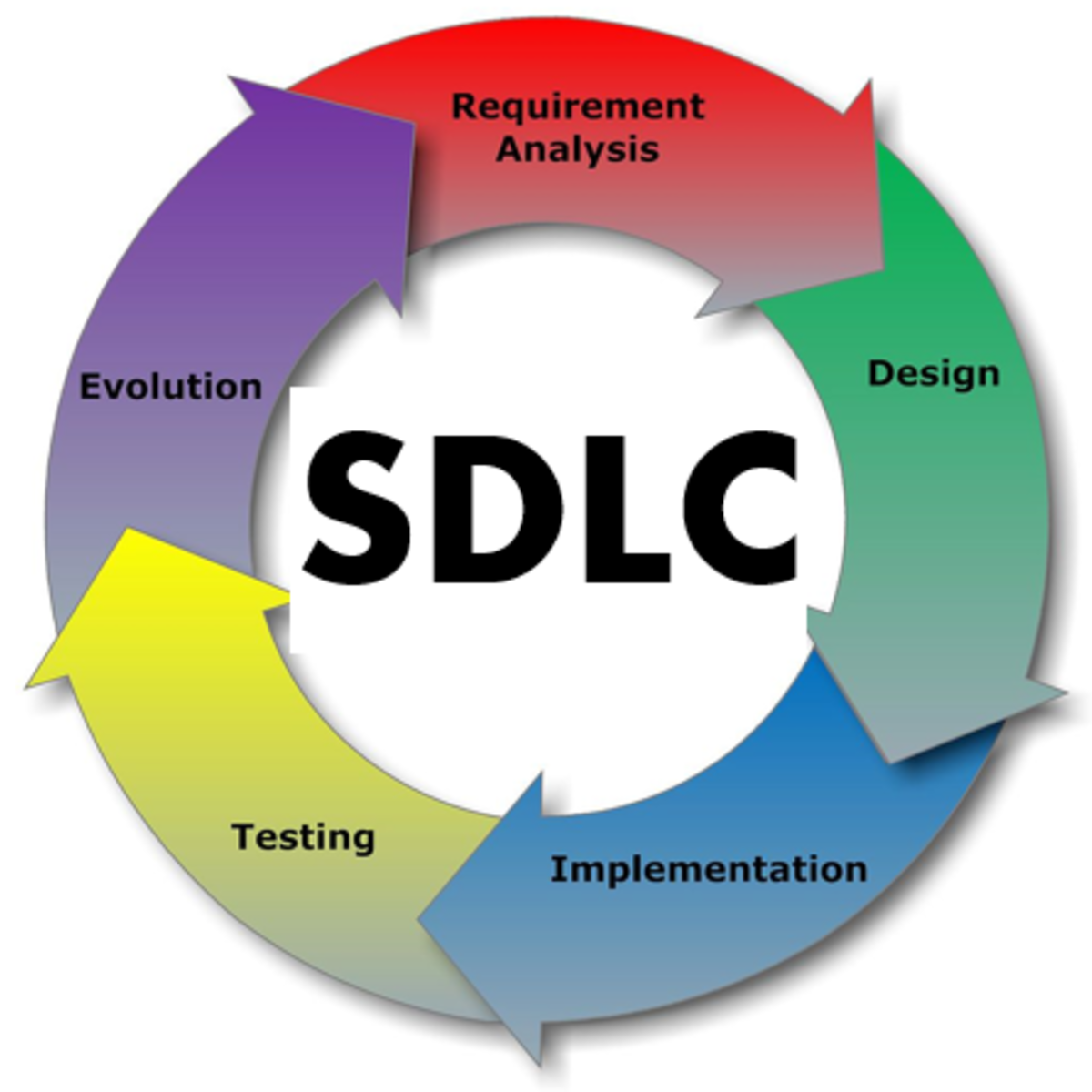

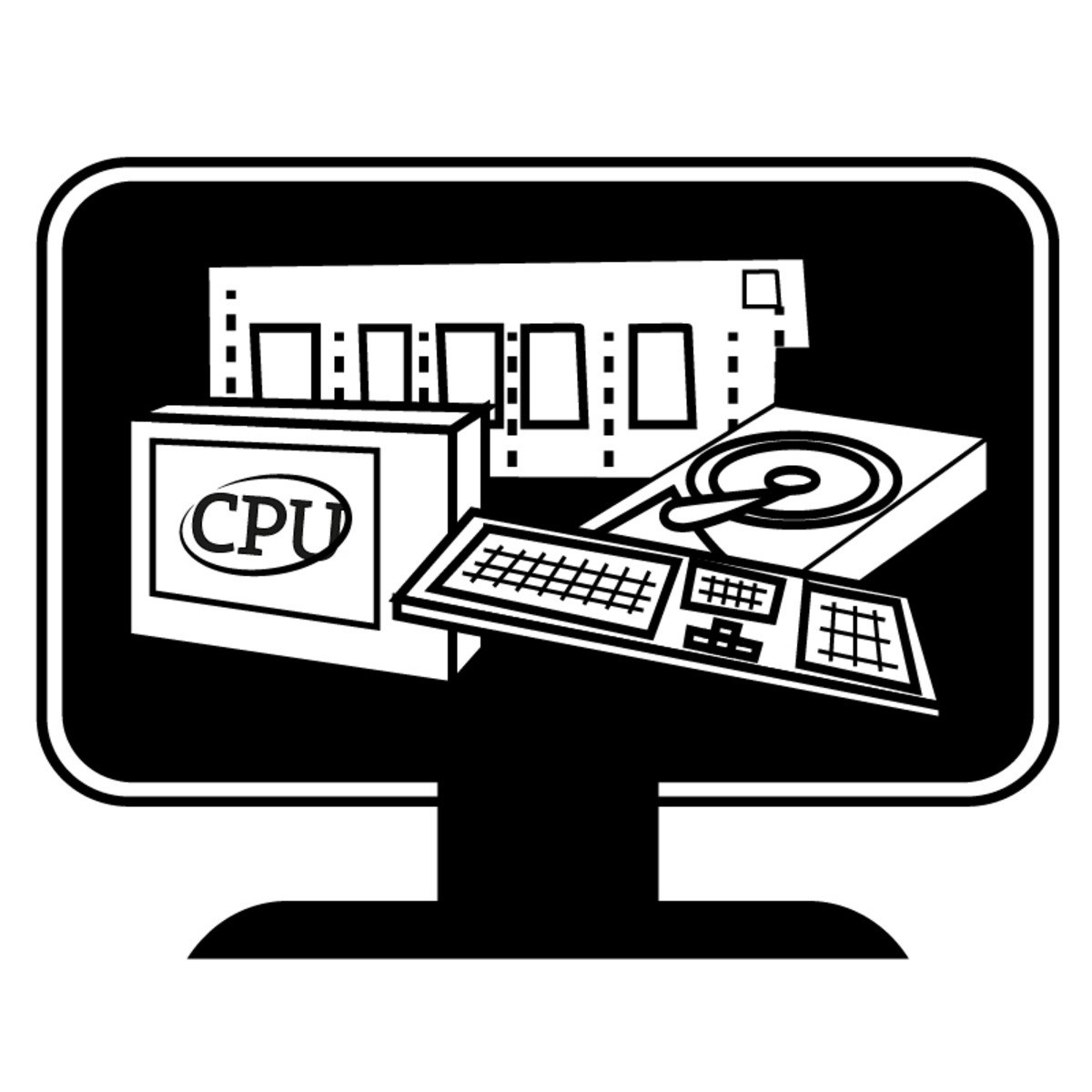
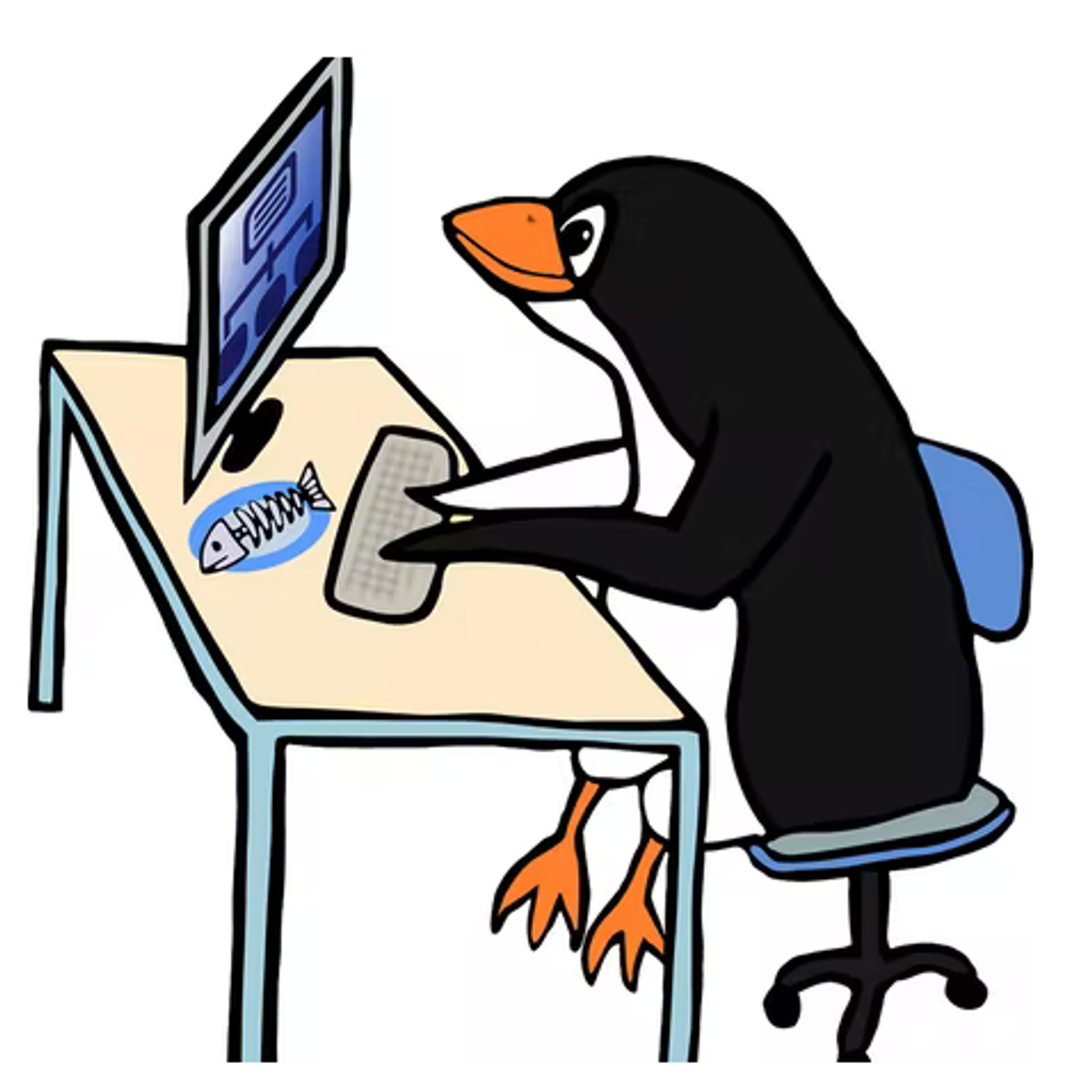
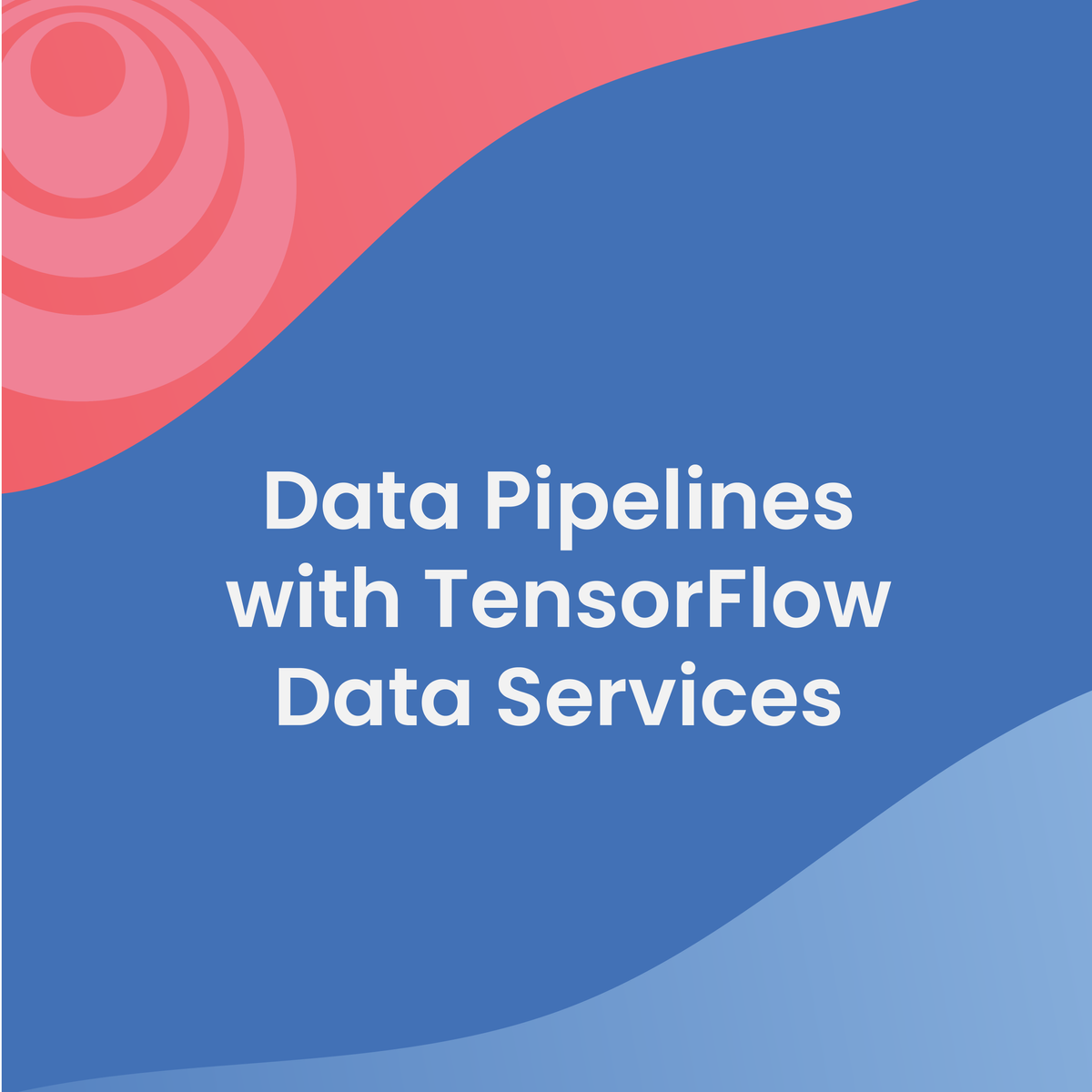
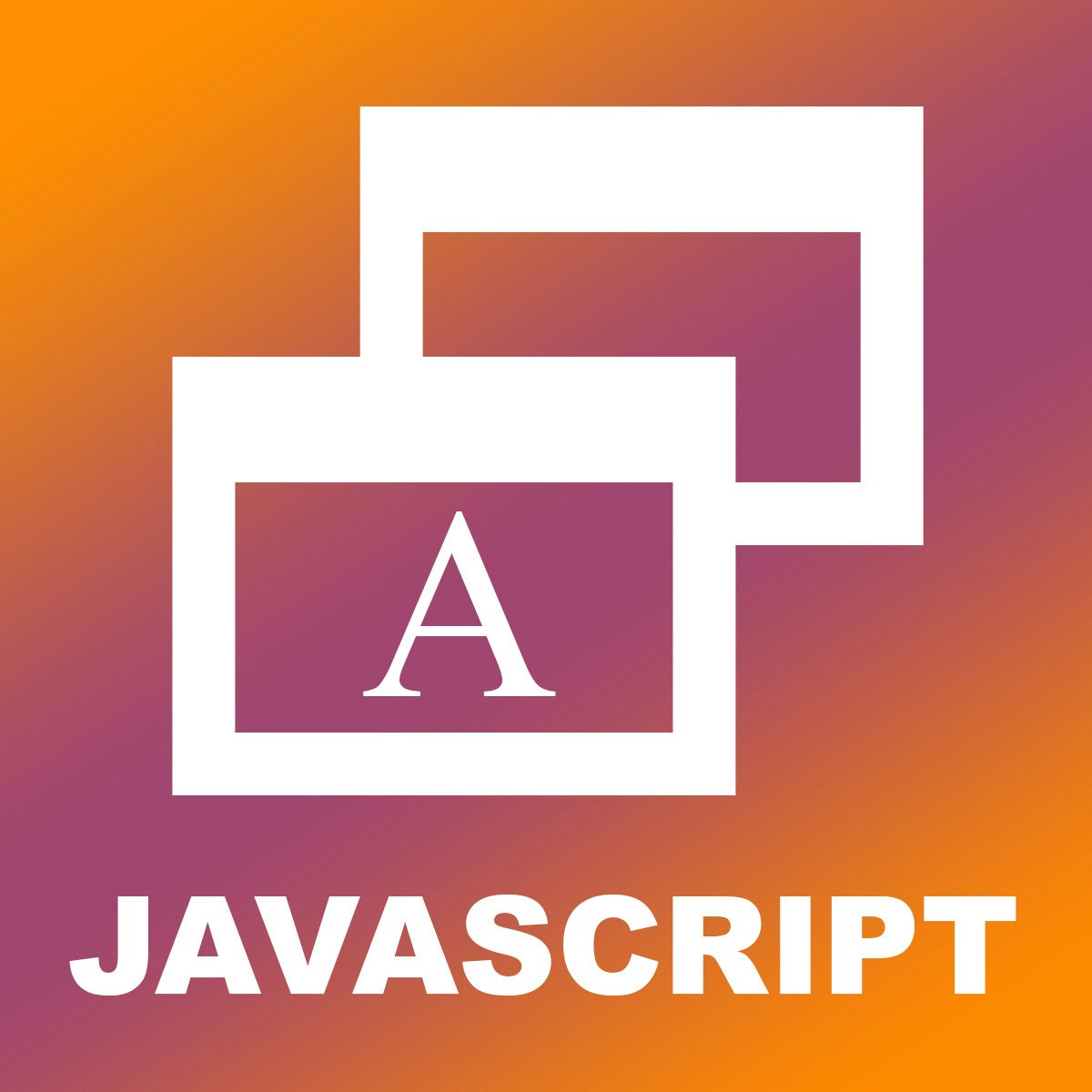

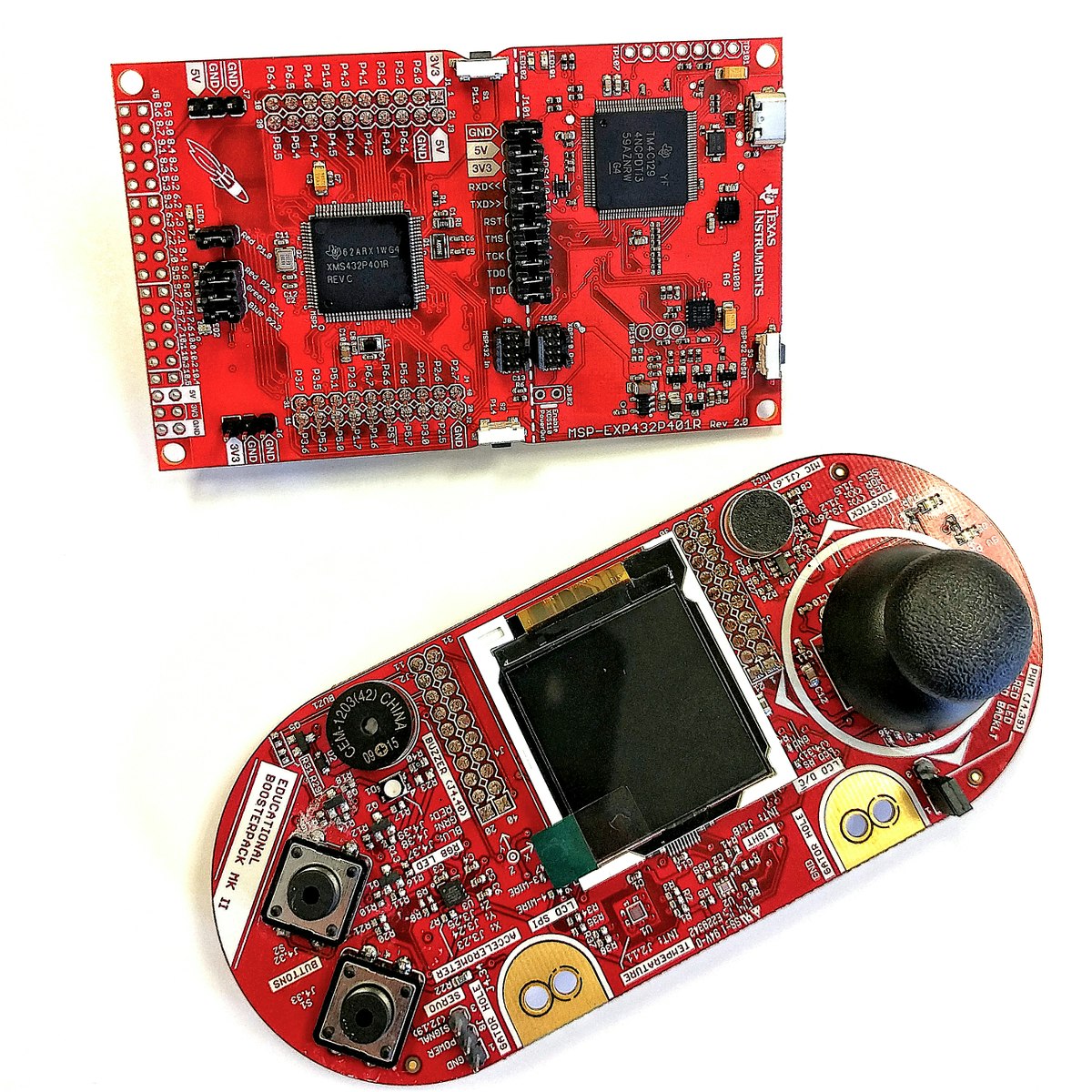
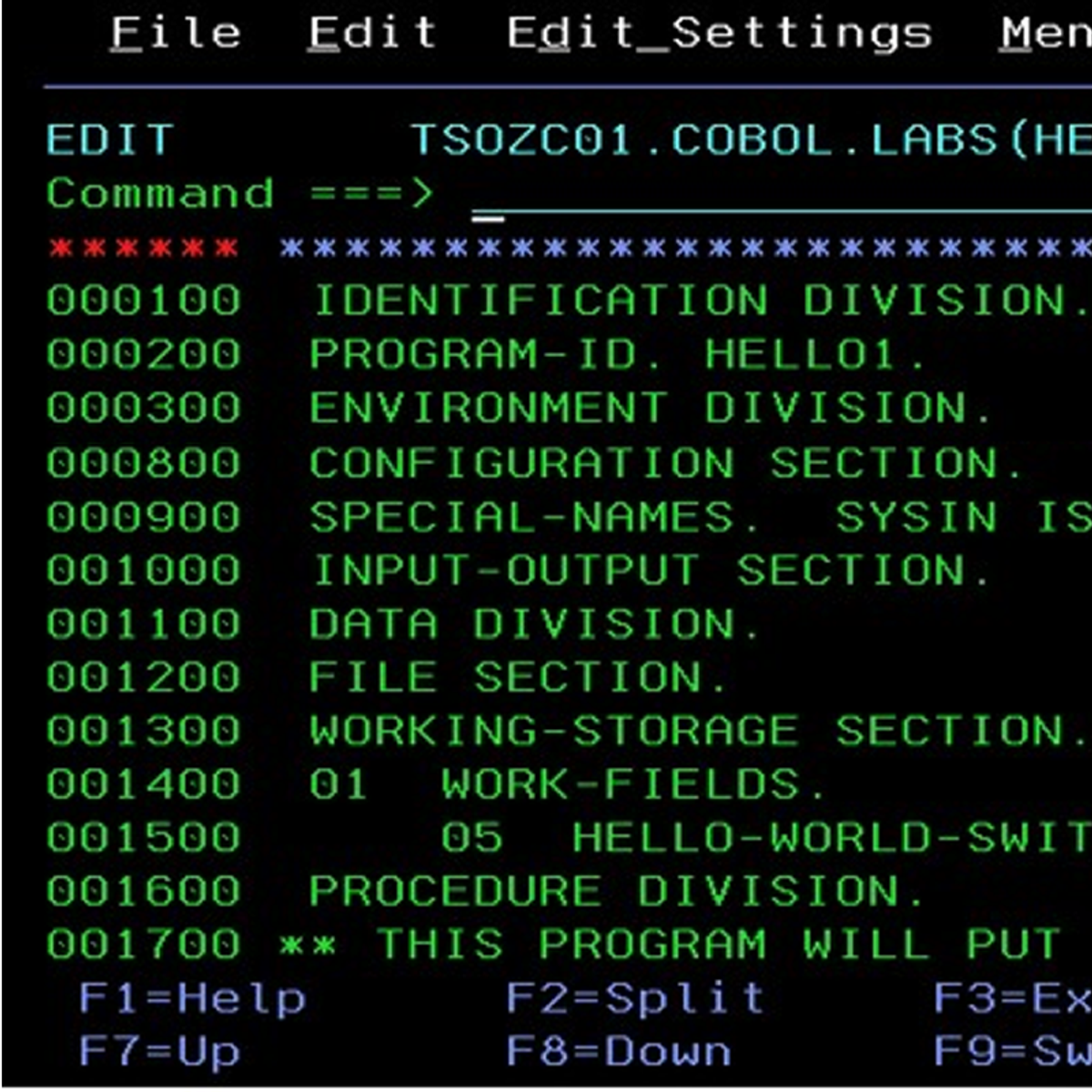
Software Development Courses - Page 83
Showing results 821-830 of 1266

Introduction to Unit Testing in Jest - The Fundamentals
In this 1-hour long project-based course on Introduction to Unit testing In Jest, we will get to explore the anatomy of a Jest unit test, and begin writing code and subsequently, the tests for that code using the Jest framework.
By following this course, we will demystify unit tests and understand how we can use them to write better code. we will get practise across the general landscape of the Jest framework to and see how we can use the cool tools provided to us by the awesome Jest developers
We will learn all about the syntax of a test, general rules, common matchers, and then start working with testing in asynchronous code and API fetching and then move on to mocking.
Note: This course works best for learners who are based in the North America region. We’re currently working on providing the same experience in other regions.

Software Development Processes and Methodologies
Software is quickly becoming integral part of human life as we see more and more automation and technical advancements. Just like we expect car to work all the time and can't afford to break or reboot unexpectedly, software industry needs to continue to learn better way to build software if it were to become integral part of human life.
In this course, you will get an overview of how software teams work? What processes they use? What are some of the industry standard methodologies? What are pros and cons of each? You will learn enough to have meaningful conversation around software development processes.
After completing this course, a learner will be able to
1) Apply core software engineering practices at conceptual level for a given problem.
2) Compare and contrast traditional, agile, and lean development methodologies at high level. These include Waterfall, Rational Unified Process, V model, Incremental, Spiral models and overview of agile mindset
3) Propose a methodology best suited for a given situation

Manage Docker Networking
If you use Docker to develop and deploy apps, then learning about Docker's built-in networking capabilities could be valuable to you. It is possible to simulate a networked environment using Docker. You would not have to purchase and set up expensive hardware, and that would save you time and money.
In this project, you will pretend to be the employee of a fictional company named Acme. You will learn about creating a Docker network, running containers so that they join a particular network, inspecting network objects, testing connectivity, and managing networked containers. There are also two optional hands-on practice activities to help you learn these new skills with confidence.
Machine Learning for All
Machine Learning, often called Artificial Intelligence or AI, is one of the most exciting areas of technology at the moment. We see daily news stories that herald new breakthroughs in facial recognition technology, self driving cars or computers that can have a conversation just like a real person. Machine Learning technology is set to revolutionise almost any area of human life and work, and so will affect all our lives, and so you are likely to want to find out more about it. Machine Learning has a reputation for being one of the most complex areas of computer science, requiring advanced mathematics and engineering skills to understand it. While it is true that working as a Machine Learning engineer does involve a lot of mathematics and programming, we believe that anyone can understand the basic concepts of Machine Learning, and given the importance of this technology, everyone should. The big AI breakthroughs sound like science fiction, but they come down to a simple idea: the use of data to train statistical algorithms. In this course you will learn to understand the basic idea of machine learning, even if you don't have any background in math or programming. Not only that, you will get hands on and use user friendly tools developed at Goldsmiths, University of London to actually do a machine learning project: training a computer to recognise images. This course is for a lot of different people. It could be a good first step into a technical career in Machine Learning, after all it is always better to start with the high level concepts before the technical details, but it is also great if your role is non-technical. You might be a manager or other non-technical role in a company that is considering using Machine Learning. You really need to understand this technology, and this course is a great place to get that understanding. Or you might just be following the news reports about AI and interested in finding out more about the hottest new technology of the moment. Whoever you are, we are looking forward to guiding you through you first machine learning project.
NB this course is designed to introduce you to Machine Learning without needing any programming. That means that we don't cover the programming based machine learning tools like python and TensorFlow.

Use C# streams to read and write file data
By the end of this project, you will Use C# streams to read and write file data in a C# program.
The C# Stream class is used to process data from various sources including internet data, in-memory data, and file data. The File Stream class implements the Stream class to provide convenient access to file data.

Data Pipelines with TensorFlow Data Services
Bringing a machine learning model into the real world involves a lot more than just modeling. This Specialization will teach you how to navigate various deployment scenarios and use data more effectively to train your model.
In this third course, you will:
- Perform streamlined ETL tasks using TensorFlow Data Services
- Load different datasets and custom feature vectors using TensorFlow Hub and TensorFlow Data Services APIs
- Create and use pre-built pipelines for generating highly reproducible I/O pipelines for any dataset
- Optimize data pipelines that become a bottleneck in the training process
- Publish your own datasets to the TensorFlow Hub library and share standardized data with researchers and developers around the world
This Specialization builds upon our TensorFlow in Practice Specialization. If you are new to TensorFlow, we recommend that you take the TensorFlow in Practice Specialization first. To develop a deeper, foundational understanding of how neural networks work, we recommend that you take the Deep Learning Specialization.

Generate a PDF File with JavaScript
Generate a PDF File with JavaScript.
Select Topics in Python: Packaging
Code and run Django websites without installing anything!
This course is designed for learners who some experience with Python. The modules in this course cover modules and packages, third-party packages, and packing for distribution.
To allow for a truly hands-on, self-paced learning experience, this course is video-free. Assignments contain short explanations with images and runnable code examples with suggested edits to explore code examples further, building a deeper understanding by doing. You’ll benefit from instant feedback from a variety of assessment items along the way, gently progressing from quick understanding checks (multiple choice, fill in the blank, and un-scrambling code blocks) to slowly building features, resulting in large coding projects at the end of the course.
Course Learning Objectives:
Use pip to venv to manage virtual environments and packages
Use third-party package managers to manage virtual environments and packages
Package Python scripts and applications for a wider audience

Embedded Software and Hardware Architecture
Embedded Software and Hardware Architecture is a first dive into understanding embedded architectures and writing software to manipulate this hardware. You will gain experience writing low-level firmware to directly interface hardware with highly efficient, readable and portable design practices. We will now transition from the Host Linux Machine where we built and ran code in a simulated environment to an Integrated Development Environment where you will build and install code directly on your ARM Cortex-M4 Microcontroller. Course assignments include writing firmware to interact and configure both the underlying ARM architecture and the MSP432 microcontroller platform. The course concludes with a project where you will develop a circular buffer data structure.
In this course you will need the Texas Instruments LaunchPad with the MSP432 microcontroller in order to complete the assignments. Later courses of the Specialization will continue to use this hardware tool to develop even more exciting firmware.

IBM COBOL Basics
COBOL is a programming language that serves a wide range of businesses. Key aspects of COBOL are that it is scalable, mature, and self-documenting.
In the Basics course you will learn about COBOL from its birth and through its evolution. You will have some basic lessons on handling numbers, symbols, editing, procedures, and the overall program structure. You'll even have the opportunity to create code of your own.
Buckle up and join us on a ride through the world of COBOL, we can't wait to see you in class.
Popular Internships and Jobs by Categories
Browse
© 2024 BoostGrad | All rights reserved


